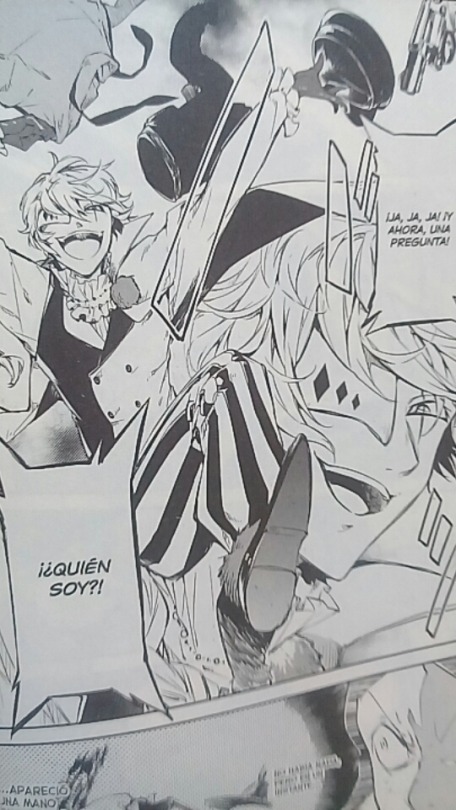

- #Crimson gray unsensored parts how to
- #Crimson gray unsensored parts zip
- #Crimson gray unsensored parts simulator
The Pelvis of the Saint’s Corpse is obtained by winning the Steel Ball Run (Only the redeemed variant is won from SBR) or through rolling it in the Arcade. It can be sold to ShiftPlox, The Travelling Merchant (NPC) for $2500.

It turns Tusk Act 1 into Tusk Act 2 and can be given to JOE. The Left Arm of the Saint's Corpse is obtained by winning the Steel Ball Run (Only the redeemed variant is won from SBR) or through rolling it in the Arcade. This is one of the only 2 corpse parts that can be dropped and is used to obtain D4C, Tusk Act 1, Scary Monsters, and The World (Alternate Universe.) It can be sold to ShiftPlox, The Travelling Merchant (NPC) for $1200. The Rib Cage of The Saint's Corpse can spawn in the Main Game and can also be obtained from the Steel Ball Run (Only the redeemed variant is won from SBR). “This gives students chances at gaining internships and jobs at these companies.Corpse Parts Rib Cage of the Saint's Corpse “Recruiters from leading aerospace companies come to the competition looking for fresh talent,” Reynolds said. It is the intention of the students to create a legacy system here at WSU Vancouver.”Ī legacy system would allow future students to gain valuable engineering experience and gain fundraising, team management and media skills. He added, “Teams that succeed in this competition are usually well funded, have good turnover from senior students to junior students, and have some sort of legacy system to build upon over the years. “But the recovery system failed to deploy properly.” "Overall, this flight could be considered a successful failure in that it proved the stability of the rocket flight and allowed for recovery and reuse of some of the parts,” said Keith Reynolds, a recent electrical engineering graduate and member of project Knarr. The parachute successfully deployed at around 14,000 feet, but was unable to open properly, causing the rocket to land at approximately 51 miles per hour.

The solid-fuel motor they used, an AeroTech N-3300, propelled the 65-pound rocket just over 14,000 feet in the air at 700 miles per hour. Local companies donated materials for the rocket and sponsored the team for the trip. WSU Vancouver’s team, self-named project Knarr, was one of 129 teams entered in the international intercollegiate competition. Spaceport America CupĪfter 10 months of designing, modeling and building a 12-foot rocket, nine mechanical engineering students-Jesus Arellano, Monique Embry, Brian Huntley, Aaron Manning, Tristan Martin, Keith Reynolds, Derek Todd, Blake Wiley and Sam Woodward-competed in the second annual Spaceport America Cup in Las Cruces, N.M., last June.
#Crimson gray unsensored parts simulator
The WSU VanCougs performed a buoyancy experiment at Clark College and challenged a computer science class at Tualatin High School to develop a bounce height simulator for the Mars exploration rover Spirit. The final component was to perform community outreach and promote interest in NASA, space and STEM careers.
#Crimson gray unsensored parts how to
Each team briefed divers on how to test their prototypes in NASA’s Neutral Buoyancy Lab, a 6.2-million gallon pool used to train astronauts and test equipment in low gravity. Students were tasked to design their tool according to detailed specifications, create a prototype and present their projects to NASA scientists and engineers. Led by Logan Alexander, team members were Kinan Badr, Jonathon Blue-Harmon, Cassidy Gordon, MengTheng Heng, Taylor Jones, Brad Kincaid and Derek Todd. Team WSU VanCougs chose to participate in the zip-tie cutter challenge, one of four challenges posed by NASA engineers, inspired by tools or simulants necessary to space exploration. They joined 24 other teams from 22 institutions across 17 states in NASA’s Micro-g Neutral Buoyancy Experiment Design Teams challenges.
#Crimson gray unsensored parts zip
Last summer, eight students in WSU Vancouver’s School of Engineering and Computer Science were invited to Johnson Space Center in Houston to help NASA design a safer way to cut zip ties in space. When cut, if left to float free, the sharp edges can damage the ISS or critical hardware or even puncture a space suit. Zip ties are commonly used on the International Space Station to secure hardware or payload. The simple act of cutting a zip tie isn’t so simple in space if it isn’t collected after being cut, it can be deadly to an astronaut. VanCougs compete in a NASA engineering challenge and Spaceport America Cup


 0 kommentar(er)
0 kommentar(er)
